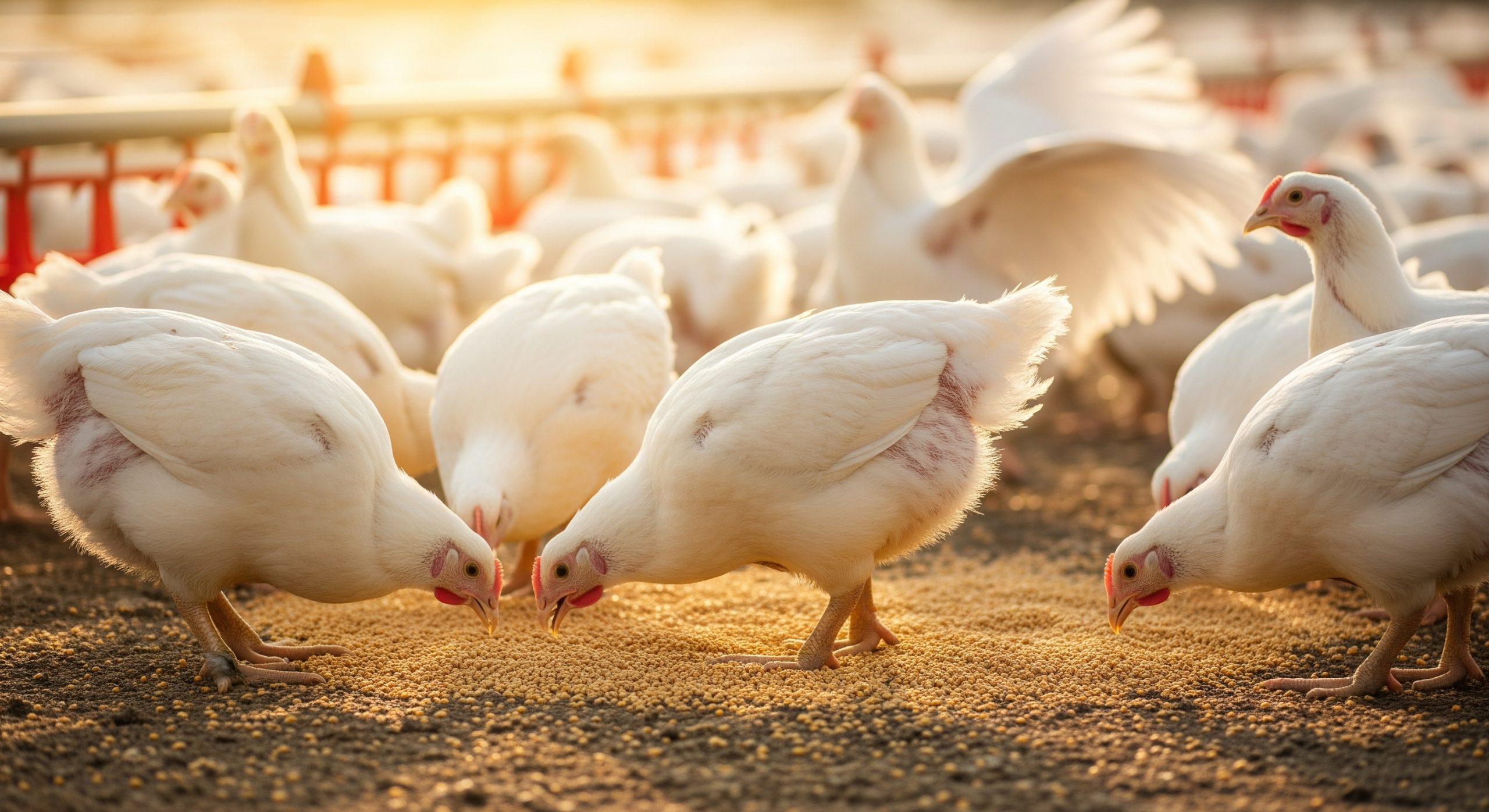
Poultry
The Hidden Threat in Poultry Production: Leaky Gut Explained
In recent years, Leaky Gut Syndrome (LGS) has emerged as a silent disruptor in poultry health and productivity. Also known as intestinal permeability, this condition refers to the compromised integrity of the intestinal lining, which allows harmful substances like toxins, bacteria, and undigested feed particles to pass into the bloodstream. While the term is commonly associated with human health, its implications in poultry farming are significant and increasingly recognized by veterinarians and nutritionists.
What Causes Leaky Gut Syndrome in Poultry?
The gut of a healthy bird is lined with tight junctions—structures that regulate what enters the bloodstream. In poultry affected by LGS, these junctions become weakened or damaged due to various stressors, such as:
- Heat stress and oxidative stress
- Mycotoxins in feed
- Pathogenic infections (e.g., Clostridium perfringens, E. coli)
- Dietary imbalances or high levels of non-starch polysaccharides
- Antibiotic overuse and poor biosecurity
- Coccidiosis and enteric diseases
These factors lead to inflammation, disruption of the epithelial barrier, and microbial imbalance (dysbiosis), triggering the onset of leaky gut.
Why It Matters: Impact on Performance and Health
Leaky Gut Syndrome is more than a gut health issue—it impacts overall performance:
- Poor feed conversion ratio (FCR): Nutrient absorption is reduced, leading to inefficient growth.
- Immunosuppression: The constant passage of endotoxins activates the immune system, diverting energy from growth and productivity.
- Wet litter and diarrhea: Due to poor nutrient absorption and increased gut transit time.
- Higher susceptibility to secondary infections
- Reduced body weight and uneven flock uniformity
In layers and breeders, it may also affect egg production and shell quality, posing economic challenges for producers.
Diagnosis and Indicators
Though LGS is not always diagnosed through a single test, it can be suspected based on:
- Post-mortem signs of intestinal inflammation
- Increased gut lesions
- Microscopic evaluation of gut epithelium
- Performance drops not explained by external factors
Biomarkers like tight junction proteins and endotoxin levels are also being explored in advanced diagnostic settings.
Managing and Preventing Leaky Gut
An integrated approach is essential for managing LGS:
- Improve Gut Integrity:
- Use feed additives like phytogenics, probiotics, prebiotics, and organic acids to support gut health and beneficial microbiota.
- Consider glutamine, zinc, and butyrate to enhance intestinal repair.
- Mycotoxin Management:
- Use binders and deactivators to neutralize the impact of mycotoxins.
- Stress Reduction:
- Ensure proper ventilation, hydration, and temperature control to avoid heat stress.
- Nutrition Optimization:
- Avoid undigestible components and ensure a balanced diet with digestible proteins and amino acids.
- Hygiene and Biosecurity:
- Maintain clean water lines, litter management, and vaccination schedules.
Conclusion
Leaky Gut Syndrome is a multifactorial condition that silently affects poultry health, performance, and profitability. Recognizing its signs early and adopting a proactive, gut-focused approach in nutrition and management can help maintain a healthy gut barrier—ultimately leading to better productivity, bird welfare, and economic gains.












Add your comment